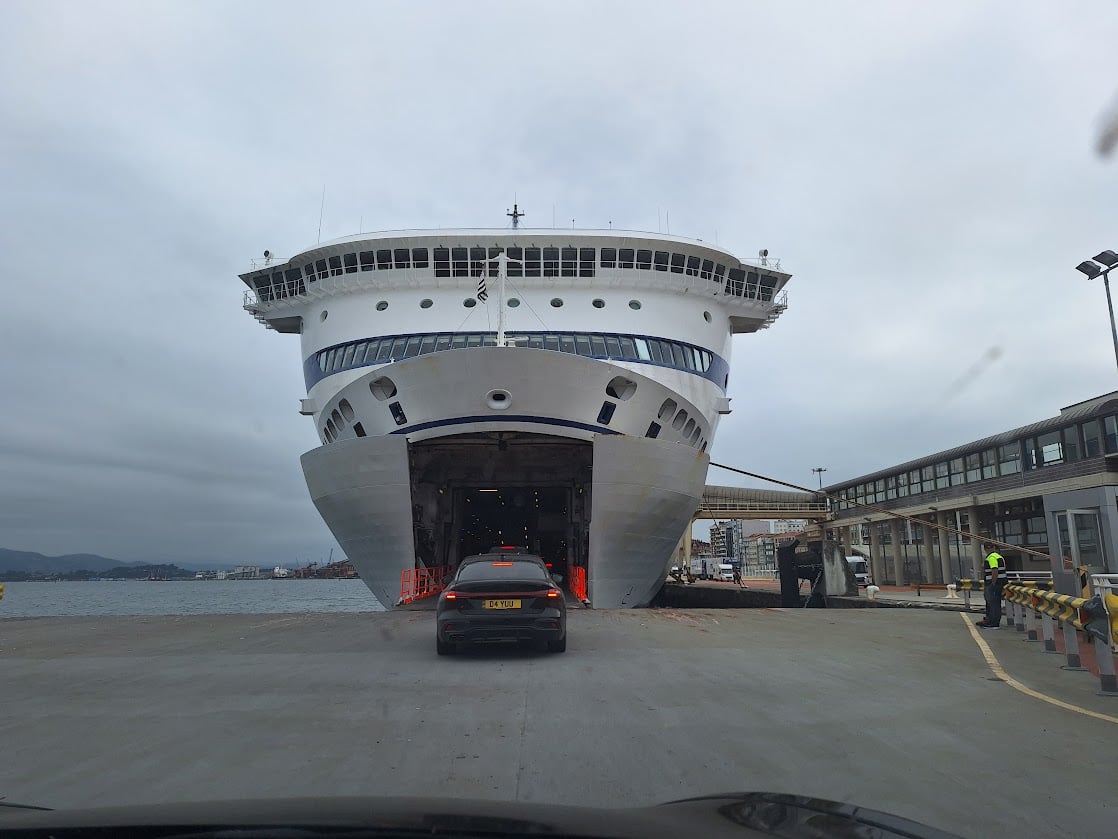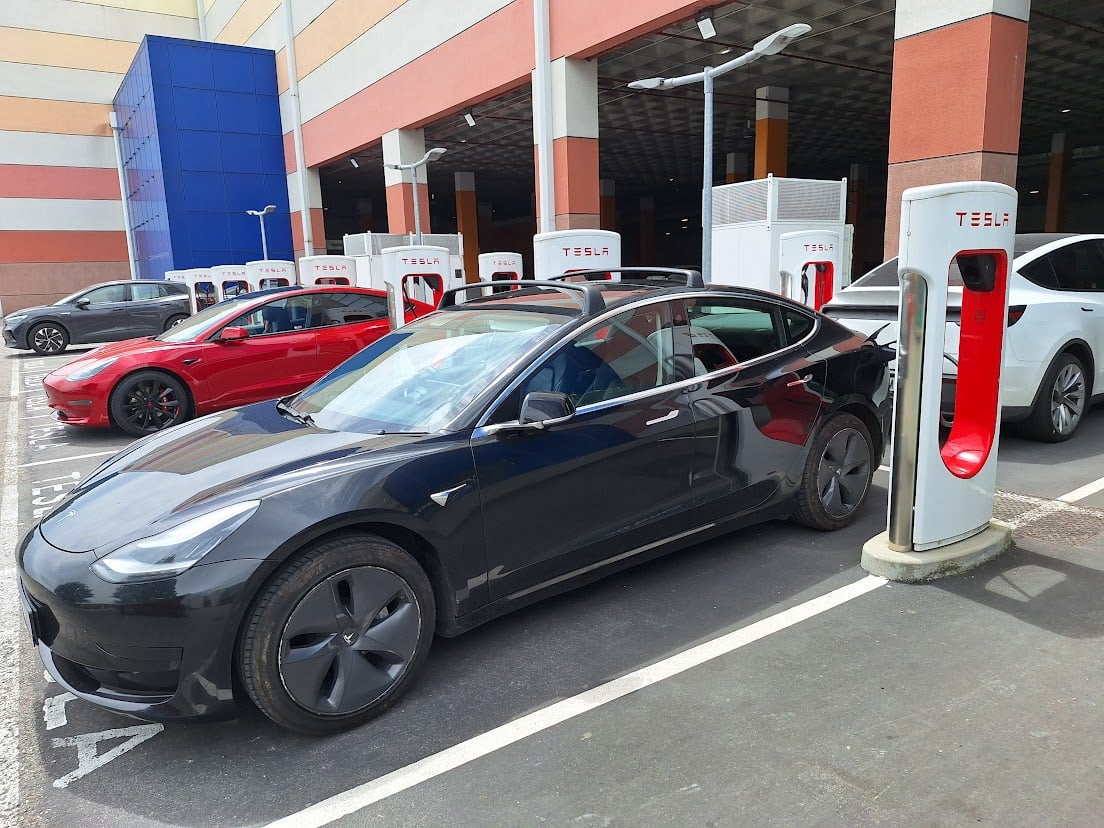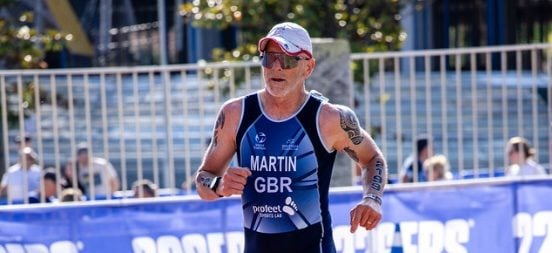TGR member Iain Martin set up Ski Flight Free in 2019 to lobby the ski industry to fly less, he also works on The Ski Podcast and writes about flight free travel to demonstrate to others that it is possible. Here, he shares his experience of the Duathlon Championships in Spain, and how got there.
I have thousands of miles and layers of ‘Pair Ups’ on my shoes, I choose ‘Trees not Tees’ and I turn down single-use bottles at races.
But as Damian Hall has highlighted, the single biggest contribution to the carbon cost of racing is the travel. And for international races, that typically means a flight.
When I qualified for the World Age Group Duathlon Championships in Pontevedra, Spain, that left with me with a dilemma. How to compete, yet minimise my carbon footprint?
2025 is my second year of taking the ‘Flight Free UK’ pledge and I was determined to find a way to take part without taking a flight.

Train was quickly ruled out, despite the fact that I am an experienced traveller by rail in Europe. As the founder of Ski Flight Free – a lobbying group to encourage skiers to take non-flight options – I’ve taken the train to the Alps dozens of times. However, travelling with a bike was simply going to be too complicated, given the number of changes to get to Spain.
From my ski experiences, I knew that travelling in an electric car is also a very carbon-efficient mode of transport.
Although it meant a journey of around 1200 miles, I checked the Britanny Ferries timetable and worked out that I could go from Plymouth to Santander, then drive to Pontevedra on the west coast of Spain.
We own a Tesla 3 (don’t judge me: we bought it in 2020 before Elon went crazy!) with an official range of 220 miles. And while Teslas are not as admired as they once were, the Tesla supercharger network remains very good.

To avoid any ‘range anxiety’, I simply mapped my route and charging stops in advance, working out the distance between each stop and how much range I needed to leave with in each case.
With a Tesla (and most electric cars) you can let the on-board route planner do this for you, but after five years of driving an EV, I’m very comfortable letting the battery run down much lower than most, to take fewer stops.
The lowest I hit was 7 miles left in the battery. For me it was never an issue; as long as I had enough to reach the next supercharger then it was fine. Plus, as the Tesla screen tells you exactly how many stalls are available in real time, I knew I was going to be able to charge straightaway.
Other charger networks are available of course. There are literally hundreds of different options in Europe, and that is part of the problem. In my experience, the last thing you want to do on arrival at a charger, is to then have to download yet another app.
My non-Tesla recommendation is Ionity. I’ve used their network in UK and Europe on many occasions. They are reliable, easy to use and have over 750 locations to choose from, including many major service stations.
My trip to Pontevedra took significantly longer than if I’d flown, but it was an adventure and more of an experience then just flying in and out of another airport.
And when it comes to price, even allowing for bike carriage fees and the cost of hiring a car, my ferry/EV experience will have cost more than flying (even if the cost of charging was significantly less than if I had been paying for petrol).
The big win – and my reason for taking this route – was the carbon saving.
A flight from Gatwick to Porto and back in economy class would produce around 863kg CO2 according to MyClimate. To that you can add around another 50kg CO2 for the return drive to Pontevedra.
The carbon cost of my journey came out at 210kg CO2 – the majority of which comes from the ferry crossing, as Tesla superchargers are all powered by renewable energy.
Hopefully I’ve shown it is possible to compete in top races without flying. This was my fourth age group World Championships in triathlon/duathlon, but my first time flight-free. My 19th place was my best result yet – surely climate-friendly karma!


